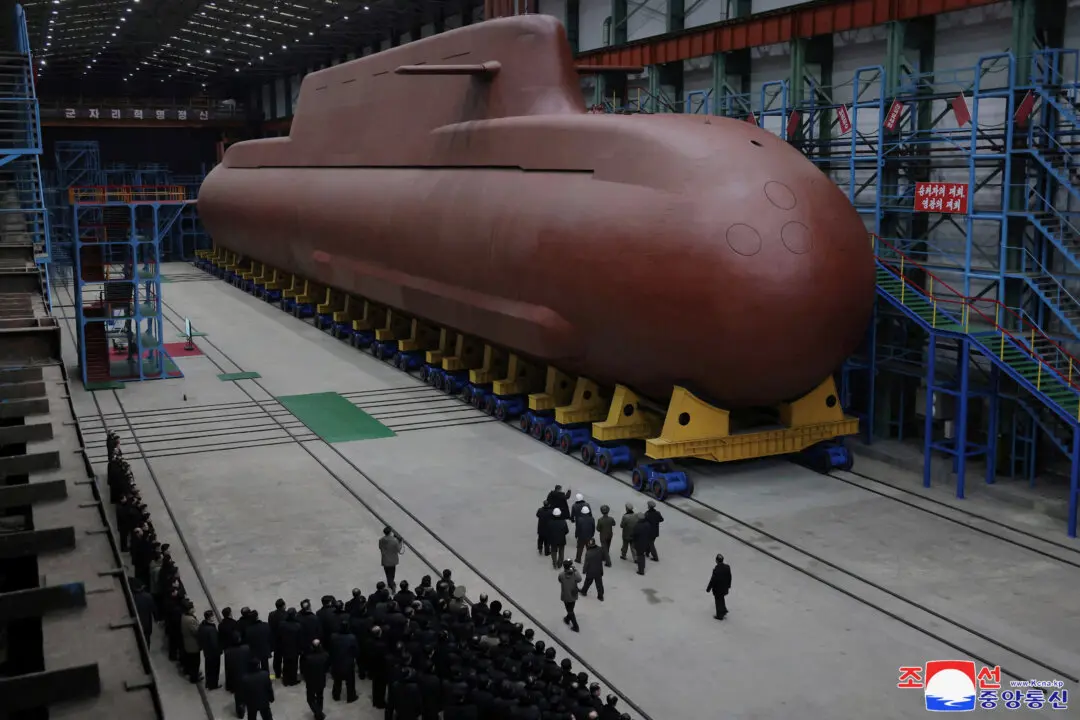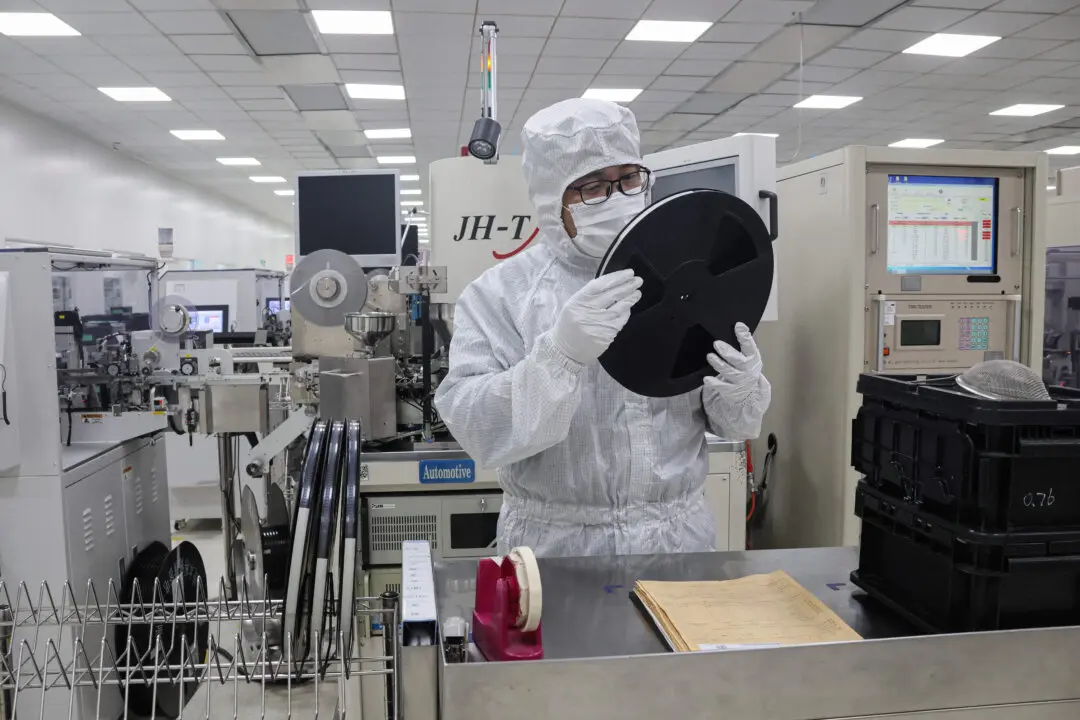An accelerating arms race will determine the contest for strategic primacy between the United States and China. Perceptions of American weakness could tempt China to risk war. At stake is whether future generations benefit from a prevailing liberal democratic order or become enveloped by a spreading illiberal anti-democratic order organized, led, and armed by the Chinese Communist Party (CCP).
One important aspect of the China-U.S. arms race is a growing competition in land-based intercontinental ballistic missiles (ICBMs).





